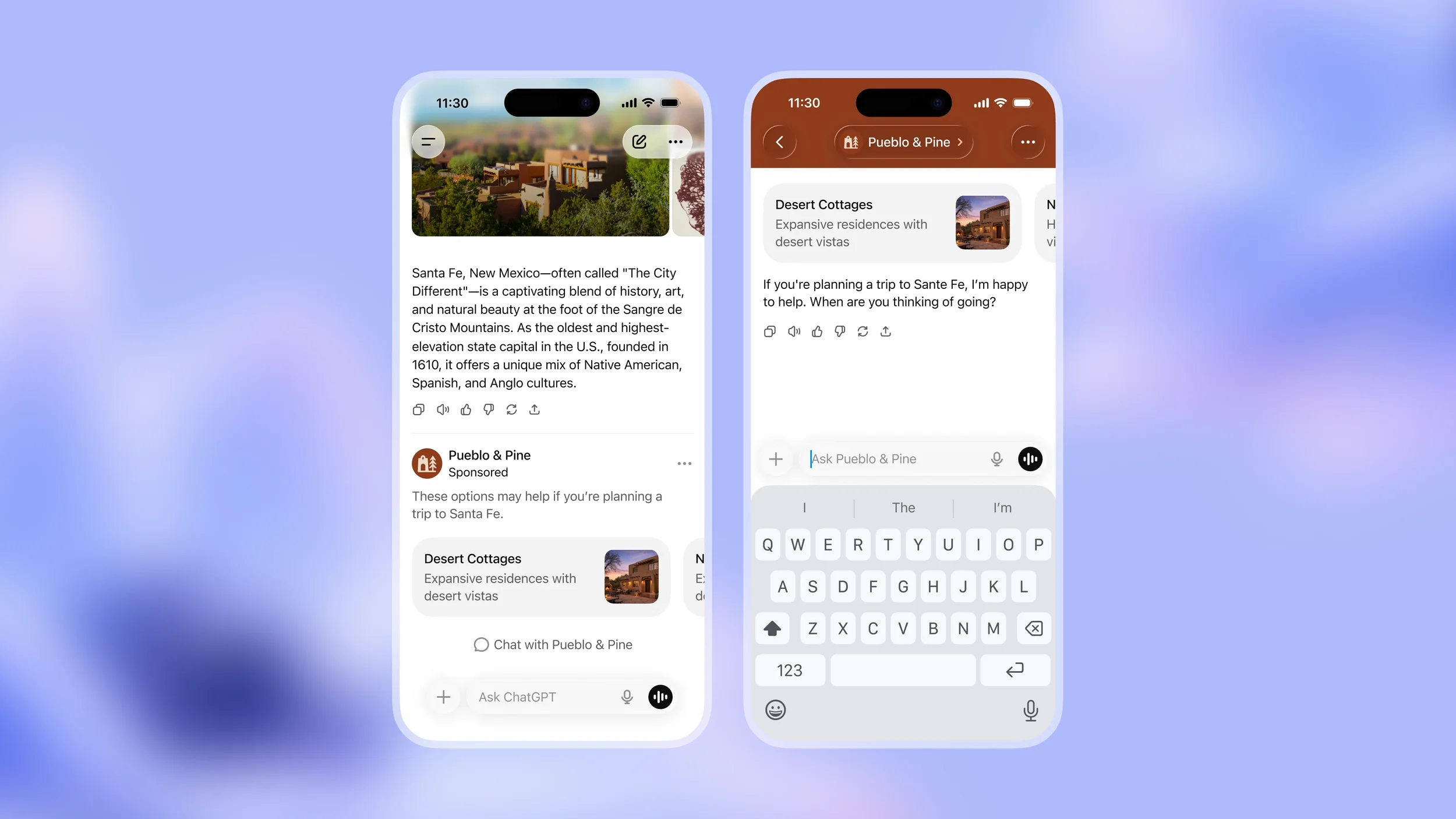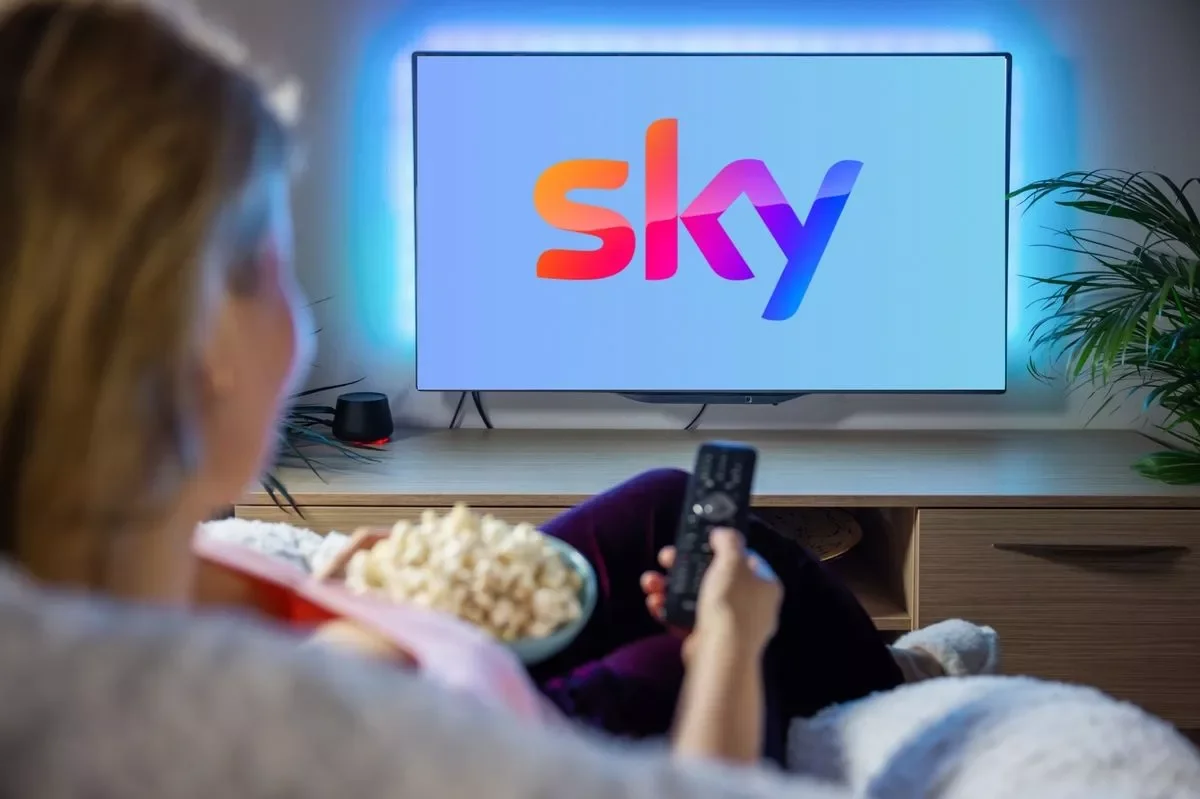
News, Blog and Socials.

Follow for more on our
social media channels.

How ChatGPT Ads Work
ChatGPT Ads introduce a new way for brands to appear at moments of genuine intent. Instead of interrupting users with banners or feeds, advertising is placed within conversational environments where people are actively searching for answers, ideas, and recommendations. This shift moves advertising away from attention grabbing and towards relevance, trust, and usefulness. For marketers, it opens the door to engaging audiences at the point of decision, inside one of the fastest growing AI platforms in the world.

How to Advertise at Music Festivals
Music festivals are temporary cities built on passion, music, and community. For advertisers, they represent a rare opportunity to engage with a captive audience in a state of high euphoria. This guide explores how to navigate the festival landscape, from choosing the right event to executing high-impact experiential activations. We discuss the importance of adding value to the fan experience, the power of social amplification, and why partnering with an integrated agency is essential to managing the logistical challenges of the field.

How to Advertise at Sports Stadiums (Football, Rugby, Cricket)
Advertising in sports stadiums offers brands a unique opportunity to embed themselves in the emotional highs and lows of live sport. This guide explores how to leverage the intense engagement of match day, from pitch-side LEDs to concourse interactions. We discuss the importance of aligning with fan culture, the variety of digital and static formats available, and why partnering with an integrated agency ensures your campaign scores points with both the fans in the stand and the millions watching at home.

How to Advertise in Cinema Foyers
Cinema foyer advertising offers a unique opportunity to engage consumers who are relaxed, receptive, and in a spending mindset. This guide explores how to utilise the "pre-show" environment to build brand equity, moving beyond simple awareness to deep engagement. We analyse the importance of matching creative formats to the high-gloss cinema setting, the use of audience data to minimise wastage, and why partnering with an integrated agency ensures your cinema activity is not a standalone tactic, but a cohesive part of a wider growth strategy.

How to Advertise in Newspapers (National and Local)
Despite the noise of the digital age, newspapers remain a bastion of trust and authority. This guide explores the strategic nuances of advertising in both national and local press, examining how the physical format impacts consumer perception. We discuss the importance of selecting the right title for your audience, the psychological weight of newsprint, and why partnering with an integrated agency ensures your campaign is planned effectively and bought at the best possible price.

How to Advertise in Magazines
In a world of fleeting attention, magazine advertising offers a rare opportunity to build deep brand equity and trust. This guide explores the enduring power of print media and how businesses can leverage the tactile experience of magazines to influence consumer behaviour. We discuss the importance of context, the psychology of the reader, and why partnering with an agency ensures your media budget delivers tangible results, regardless of the size of your business.

How to Advertise With Leaflet Distribution
Leaflet distribution remains one of the most direct and tangible forms of marketing available. This guide explores how to transform a simple flyer into a powerful commercial tool by applying data-led targeting and high-quality production standards. We discuss the importance of household profiling, the critical "doormat moment" where engagement is won or lost, and why partnering with an integrated agency ensures your campaign is not just delivered, but delivered to the right people at the right price.

Sky Adsmart Advertising Costs
Sky AdSmart has revolutionised the "big screen" experience by bringing digital precision to household TVs. Whether you are a local shop targeting a five-mile radius or a national brand seeking high-affluence households, this guide breaks down the costs, the technology, and the marketing fundamentals required to turn a modest budget into a high-impact TV campaign in 2025.

Channel 4 Advertising Costs
Channel 4 remains the UK’s go-to destination for brands seeking a "cool" factor and an audience that shapes culture. From £800 daytime spots to multi-million-pound sponsorships, this guide deconstructs Channel 4 advertising costs in 2025, showing how businesses of all sizes can leverage its unique reach to drive meaningful ROI.

ITV Advertising Costs
Navigating ITV advertising costs requires a balance of traditional marketing fundamentals and modern digital precision. From £3,000 daytime slots to million-pound "I'm A Celebrity" takeovers, this guide breaks down how businesses of all sizes can leverage the UK’s largest commercial broadcaster to drive real-world ROI in 2025.
Explore All of Our Content.
Get in touch!







